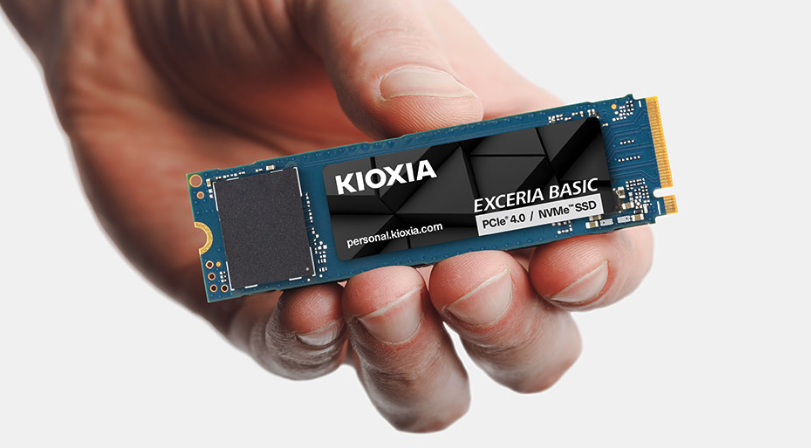Foxconn, the world’s largest electronics manufacturer and long-time supplier to Apple, Nvidia, and other major tech firms, has announced plans to begin using humanoid robots on its production lines within six months. The initiative, confirmed by CEO Young Liu, would mark the first time the company integrates humanoid robots into its factories — a significant shift for a company that has spent decades refining traditional automation systems.
According to statements reported by Nikkei Asia, Foxconn intends to deploy these robots to build AI servers for Nvidia at a new manufacturing facility in Houston, Texas. The company described the plant as a “next-generation smart manufacturing site for AI servers,” powered by Nvidia’s Isaac GR00T N model. Foxconn said the facility will be among the first to incorporate humanoid robots as part of a broader effort to establish a benchmark for AI-driven production.
While Foxconn has long been a major force in industrial automation — producing components for Apple, Sony, Microsoft, and others — the move toward humanoid robots raises both technical and practical questions. The company has previously replaced thousands of human workers with non-humanoid robotic systems, but humanoids present a different set of challenges, including mobility, safety, and cost. It’s still unclear what tasks these machines will handle or whether they will work directly alongside human staff.
Skepticism remains about whether humanoid robots are truly ready for real industrial use. Despite recent advances by companies like Tesla’s Optimus project and Agility Robotics’ Digit, most humanoid robots remain confined to demonstrations or limited pilot programs. Engineers still face hurdles in reliability, dexterity, and the ability to operate safely in complex environments shared with people.
Liu has emphasized that “speed is critical for high technology like AI,” suggesting that humanoid integration could help streamline production as demand for AI hardware accelerates. However, Foxconn has yet to reveal any prototype of its humanoid system, raising doubts about the six-month target. If the timeline holds, the rollout could be modest — more of a public proof-of-concept than a full operational shift.
The promise of humanoid automation in manufacturing has been discussed for decades, but its success depends on balancing innovation with practicality. Whether Foxconn can deliver functional, scalable humanoid robots on such a short schedule will test not only the company’s engineering capacity but also the broader readiness of AI-powered robotics to move beyond the lab and onto real assembly lines.







